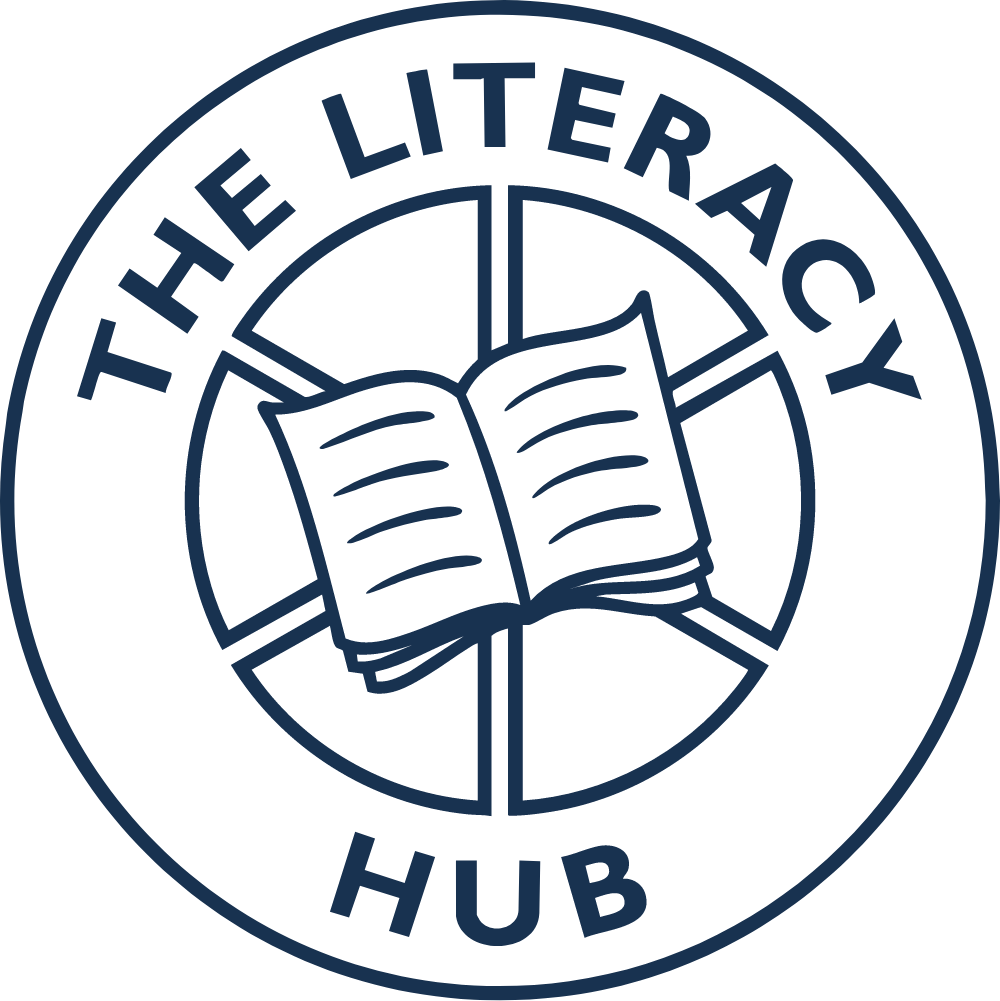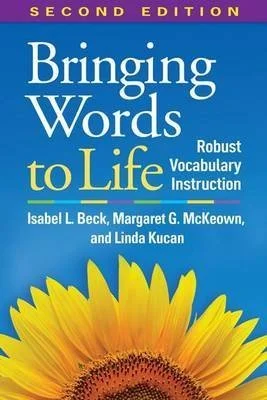Bringing Words to Life
Bringing Words to Life: Robust Vocabulary Instruction
by Isabel L. Beck, Margaret G. McKeown, and Linda Kucan
This book is packed with practical advice about how to teach vocabulary.
Bringing Words to Life is rightly one of the best-known books about teaching vocabulary. It’s immensely practical, and packed full of examples and activities that could work in the classroom or in an intervention.
What it’s about
This book introduces Beck and McKeown’s well-known concept of three tiers of vocabulary words:
Tier 1 - Basic/everyday words that often occur in conversation e.g. dog, run, look.
Tier 2 - Useful words that occur more often in written texts than conversation e.g. emerge, contradict, precede.
Tier 3 - Specialist subject-specific vocabulary e.g. epidermis, enzyme, pantheon.
Vocabulary teaching should focus primarily on Tier 2 words, and the authors discuss how to choose appropriate words to teach.
The chapters explain and exemplify lots of techniques for introducing target words and supporting learners to process the meaning of these words at a deep level. Techniques include:
Introducing target words with a student-friendly definition
Asking students to identify which situations are examples or non-examples of a target word
Matching target words to example utterances
Sentence completion tasks
Generating examples, and more.
Once you’ve seen these approaches, you won’t be happy with a simple ‘define the word and move on’ method.
And if you are feeling a bit overwhelmed by all the activities they discuss, there is a great ‘Menu of Instructional Activities’ in the Appendix that serves as a quick reminder.
The good
For me, the best aspect of this book was the huge number of examples to illustrate the strategies and activities that they suggest. In particular, the mini-conversations between the teacher and the student to model how to use a strategy were engaging and helpful. (I copied this idea for the Teaching Manual for LIfTT!)
The less good
An area that is slightly neglected in this book is the role that morphology and etymology can play in learning vocabulary, especially for older students. The focus of the authors’ suggested activities is almost wholly on understanding word meaning, and spelling is barely mentioned. This is a shame, as spelling can provide a crucial link to other words that are related in terms of etymology or morphology.
The takeaway
This is an inspiring read that will leave you full of ideas deepening your students’ understanding of vocabulary.
Podcast pairing
Margaret McKeown discusses how to teach vocabulary in an in-depth conversation on the excellent ERRR podcast with Ollie Lovell.

